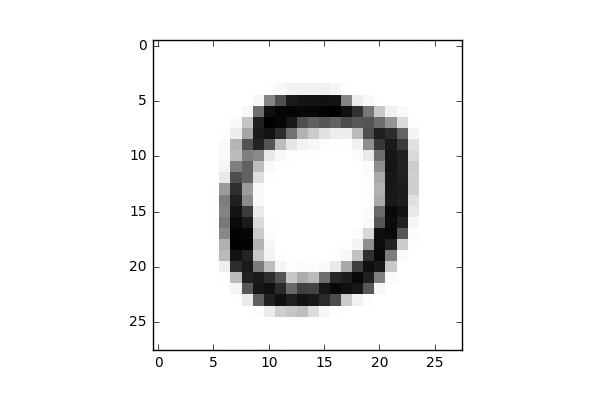Developed a Digit Recognizer using a Convolutional Neural Network (CNN) model. This project aims to accurately classify digits from the dataset, a standard benchmark dataset in the field of machine learning.
- Acquired the dataset from Kaggle, which consists of 28x28 grayscale images of handwritten digits (0-9).
- Preprocessed the data by normalizing pixel values to a range between 0 and 1, label encoding and changing and reshaping images to the appropriate input shape for the CNN model.
- Designed a CNN architecture suitable for image classification tasks like digit recognition.
- Typically, the architecture includes convolutional layers, pooling layers, and fully connected layers.
- Split the dataset into training, validation, and test sets.
- Trained the CNN model on the training data using an appropriate optimization algorithm like Adam.
- Used categorical_crossentropy as loss function.
- Monitor the model's performance on the validation set to prevent overfitting.
- Added Augumentation and dropout to prevent overfitting.
- Evaluated the trained model on the test set to assess its generalization performance.
- Used metrics accuracy to quantify performance.
- Visualized training accuracy and validation accuracy, similarly training loss with validation loss
- For testing purpose, added sample handwritten digits created by me to test.
- Model was able to detect 2 out of 5 images properly.
- Basic working of deep learning and CNN basic model
- Normalization ensures that pixel values are within a consistent range, typically between 0 and 1 or -1 and 1.
- Images are typically represented as 2D arrays (height x width x channels). CNNs expect a specific input shape. --> Purpose of reshaping
- CNNs require numerical labels for training.Loss functions (e.g., cross-entropy) compare predicted class probabilities with true labels. --> Purpose of label encoding
https://www.kaggle.com/code/kanncaa1/convolutional-neural-network-cnn-tutorial/notebook

